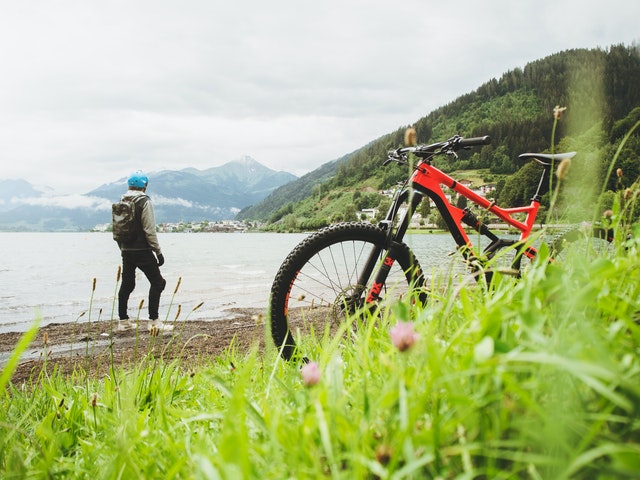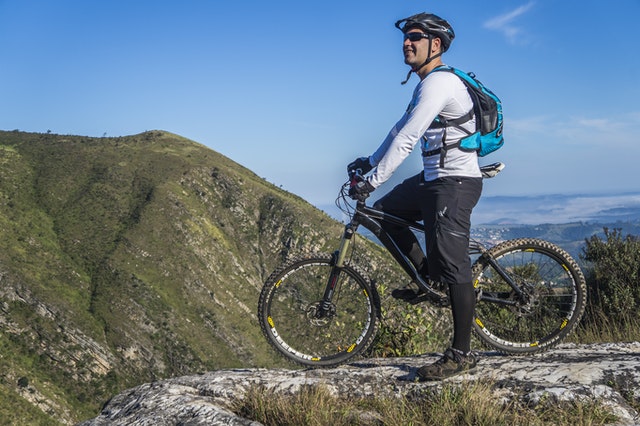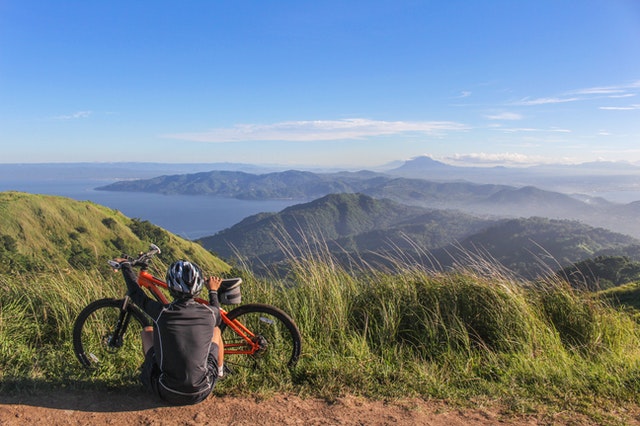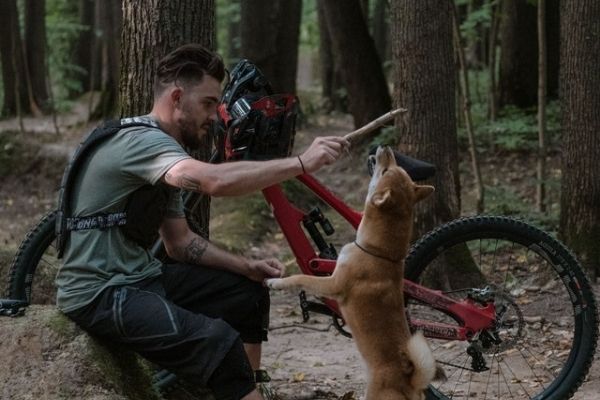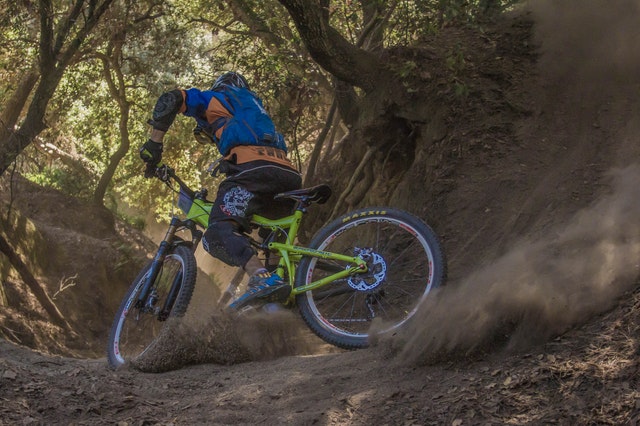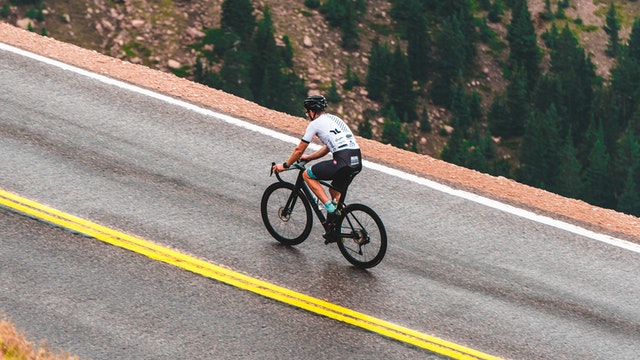A Multi-use Trail That Offers Year-round Fitness Opportunities
This pleasing trail through the countryside of Maine’s western foothills beckons cyclists, hikers, and equestrians, as well as snow sport enthusiasts. Pack a camera!
The Whistle Stop Trail in Maine stretches for 14 miles between Farmington and Jay, where the main trailheads are located. Other entry points exist, but the most accessible spot is the Farmington trailhead, with its well-placed sign and large parking lot. The route was created from the rail bed of the former Maine Central Railroad.
The Whistle Stop Trail Rolls Through Maine’s Western Foothills
This multi-use trail appeals to a wide range of outdoor enthusiasts for both motorized and non-motorized use:
- off-road biking (mountain or hybrid types)
- hiking
- horseback riding
- dog walking (on leash)
- snowmobiling and ATV-ing
- snowshoeing
- cross-country skiing.
The route is relatively flat and winds through a number of interesting environs: forests, brooks and streams (spanned by attractive wooden bridges), wetlands (including a beaver lodge), farms, and hay meadows. It also runs near the backyards of residential areas, and a section parallels Routes 2/4, a heavily traveled road.
The Whistle Stop Trail (also called the Farmington-Jay Multi-use Trail or Rail Trail) is managed by the Maine Department of Conservation in conjunction with area recreational groups. The path is public and free to use. There is no lighting along the route. It is not plowed during the winter, making it a great corridor for snowshoeing and cross-country skiing (remember that ATVs and snowmobiles share the same route).
Off-road Biking Tips for the Whistle Stop Trail
The Jay end of the Whistle Stop Trail tends to be extremely soft, sandy, and rutted – somewhat frustrating for biking enthusiasts. The Department of Conservation and local interested groups are partnering in resurfacing this section. Also be alert to the rough decking of some of the wooden bridges on this route.
The surface of the Farmington end of the trail is a packed gravel double track and is in good condition. The trailhead in Farmington is easy to find and has ample parking. All good reasons to bike from the Farmington end of the trail.
Travel to West Farmington on Routes 2/4 and take Route 143 at the stoplight adjacent to the bridge over the Sandy River (just west of downtown Farmington and the University of Farmington campus). Travel a short distance to a four-way stop and turn left, then turn right onto Farmers Lane at the Whistle StopTrail sign. Drive about 100 yards on a narrow driveway to a large gravel parking lot on the right. Park here and gear up.
Because a significant portion of the route is within the forest canopy, fall foliage season (mid-September to mid-October) is an eye-catching time to bike it. The weather is also cooler, and insect season is largely over. Plenty of photo ops!
Not far from the Farmington trailhead is a warming hut (a small yurt) that is maintained by nearby Franklin Memorial Hospital. It’s available to all and is especially nice in winter and on cold spring/fall days. The hospital is about 1/4 mile away and offers restrooms and a cafeteria for those who failed to bring food and drinks with them. The nice folks at Franklin Memorial have also erected fitness instruction posters in this area for local exercisers.
For both tourists and local inhabitants, the Whistle Stop Trail provides an excellent opportunity for outdoor exercise. Whether hiked, biked, skied, or snowshoed, make it part of an enjoyable day’s outing in the western Maine foothills.
